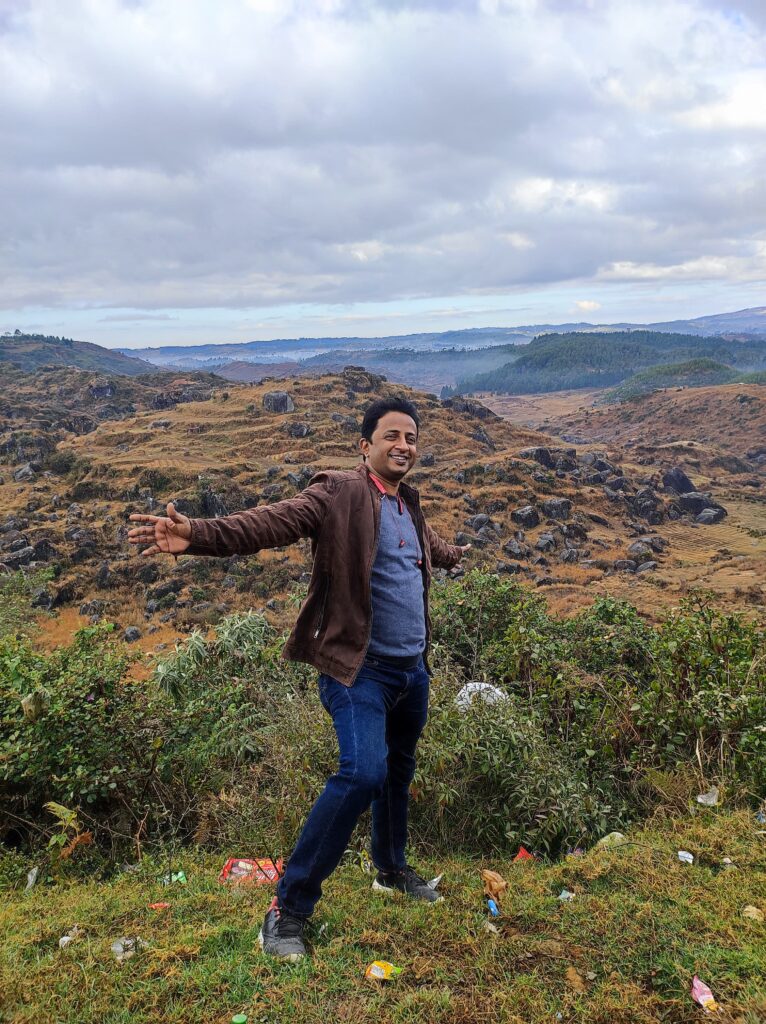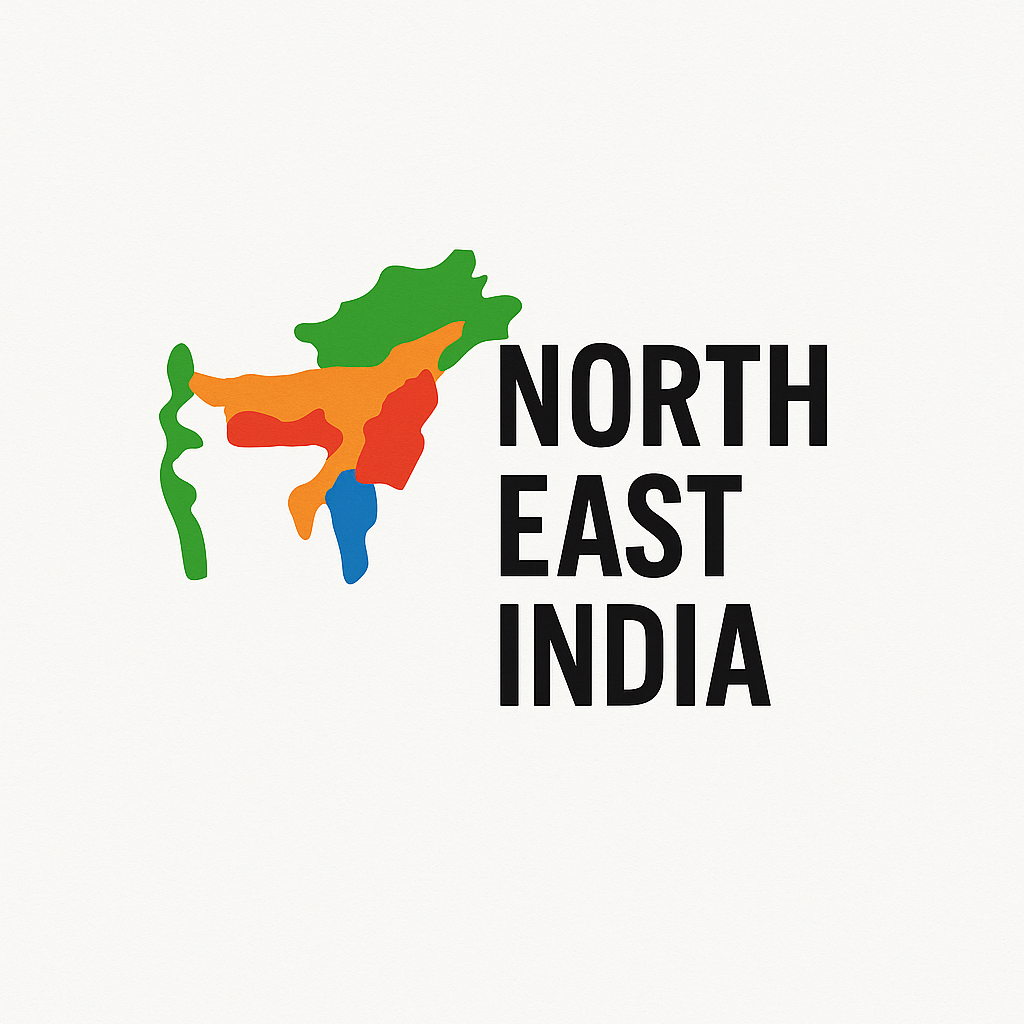Assam Unveiled: Culture, Tribes, Festivals, Cuisine, Politics & Geography of India’s Northeast Jewel
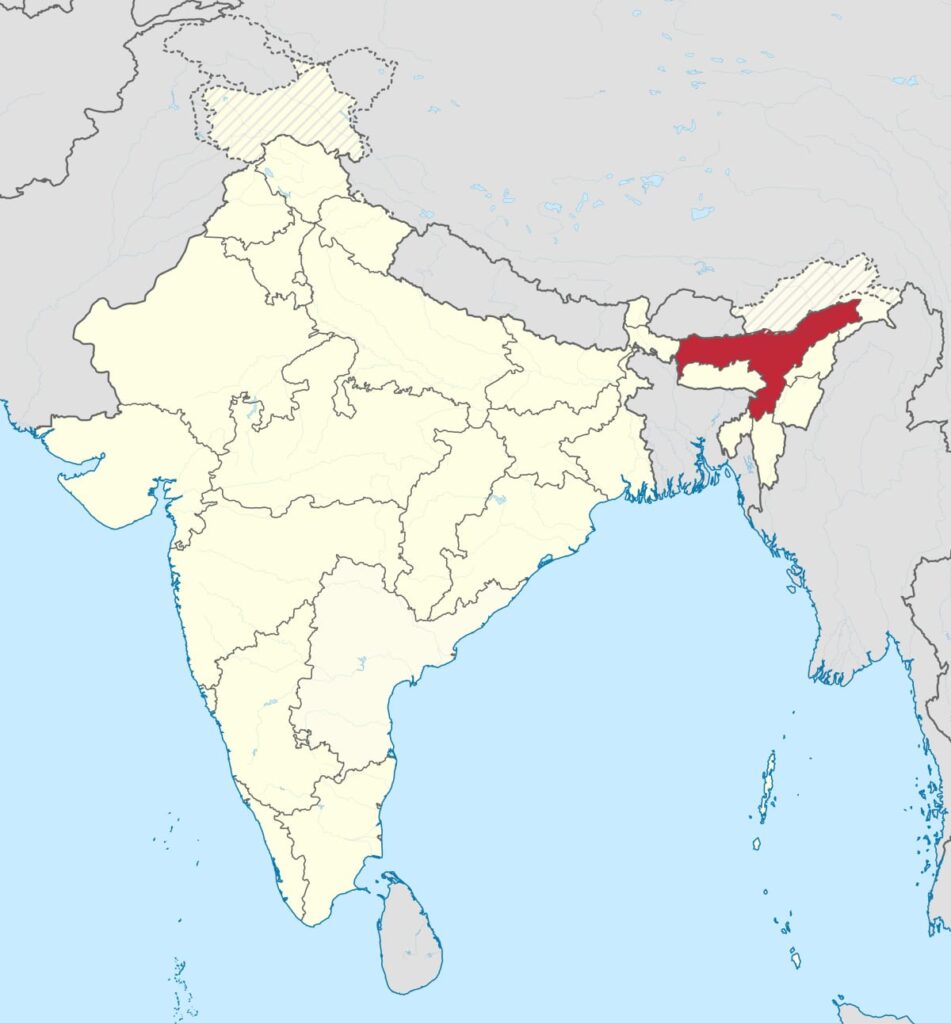
🟢 Assam Culture is the Rich Culture That Echoes Through Time
Assamese culture is a fine blend of indigenous traditions, spirituality, and creativity. Rooted in folk customs, Vaishnavism, and craftsmanship, the Assam culture has evolved while retaining its originality.
- Handwoven fabrics like mekhela chador and gamusa are a symbol of pride.
- Namghars (community prayer halls) reflect the spiritual foundation laid by Srimanta Sankardev.
- Sattriya, one of the eight classical dances of India, originated in the Satras of Majuli.
The soul of Assam culture lies in its songs, dances, handlooms, and warm hospitality.
🟡 Diverse Tribes and Their Vibrant Heritage
Assam culture is a home of ethnic diversity, with over 20 major tribes contributing to its social fabric.
- Bodos: Known for bamboo crafts and vibrant Bwisagu festival.
- Mishings: Settled near rivers; famous for porag festival and elegant handlooms.
- Dimasas, Karbis, Tiwas, Rabhas, Sonowal Kacharis, and Deoris all have unique customs, dances, languages, and religious beliefs.
Tribal societies of Assam culture maintain strong ecological bonds and live in harmony with nature.
🔴 Festivals: Colors of Faith, Joy & Unity
Festivals in Assam culture reflect agriculture, spirituality, tribal customs, and nature worship. Each festival is a celebration of life itself.
🌾 Rongali Bihu (Bohag Bihu)
- The most popular festival, celebrated in April to mark the Assamese New Year and sowing season.
- It includes folk songs (Bihu Geet), traditional dances, and community feasts.
🔥 Magh Bihu (Bhogali Bihu)
- Celebrated in January to mark harvest.
- Involves building mejis (bonfires), community feasts, and traditional games like buffalo fights.
🌑 Kongali Bihu (Kati Bihu)
- Observed in October; more spiritual and less festive.
- Lamps (saki) are lit in paddy fields to protect crops and pray for a good harvest.
Assam’s Folk Art: A Story on Canvas and Clay
Assam’s folk art is not just decoration—it’s the voice of generations. From pottery of the Kumhar community to the colorful Pat and Manuscript paintings, every brushstroke narrates Assam’s spiritual connection with nature and divinity. Local artisans create idols, masks, and daily-use artifacts during Bihu and Durga Puja, keeping alive the essence of the region’s creativity.
The famous Majuli Satras train disciples in mask-making (Mukha Bhavna)—a tradition that has survived centuries and now attracts global attention.
Ambubachi Mela – A Mystical Celebration of Divine Feminine in Guwahati, Assam
🔸 Assam’s Language and Literature: The Heartbeat of Its Heritage
The Assamese language evolved from Sanskrit and Prakrit influences but soon formed its unique literary voice. Legendary figures like Lakshminath Bezbaroa, Hemchandra Barua, and Bhupen Hazarika shaped modern Assamese literature and music.
The Borgeet, composed by Srimanta Sankardev and Madhavdev, remain timeless devotional songs still sung during cultural and religious gatherings across the state.
Today, Assam’s literary scene is expanding globally, with contemporary writers contributing in Assamese, English, and regional dialects, keeping the literary heritage alive for future generations.
🔸 Assam’s Majestic Handloom & Textiles
The handloom tradition of Assam culture is renowned worldwide for its Eri, Muga, and Pat silk. Women in rural homes skillfully weave colorful Mekhela Chadors, Gamusas, and shawls that reflect intricate tribal motifs and floral patterns.
Each piece of cloth tells a story of nature, spirituality, and community pride. The annual Silk Festivals in Sualkuchi, the “Manchester of Assam,” draw visitors who seek to witness this living heritage.
In 2025, new-age Assamese designers are fusing traditional weaves with modern fashion, making Assam’s silk an international trendsetter.
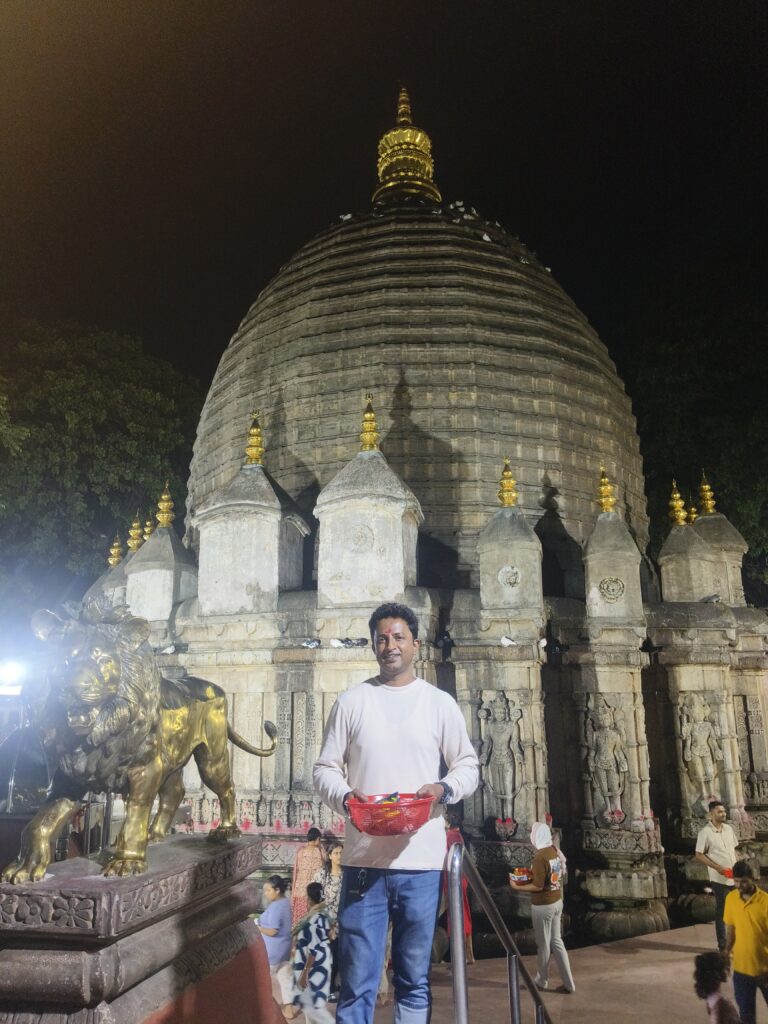
🕉️ Ambubachi Mela (Kamakhya Temple)
- A spiritual gathering at Kamakhya Temple in Guwahati.
- Celebrates the annual menstruation of Goddess Kamakhya, symbolizing fertility and womanhood of Assam Culture.
🪘 Jonbeel Mela
- A unique 3-day festival near Morigaon where tribes engage in barter trade, showcasing age-old tribal economic systems of Assam culture.
Assamese festivals are inclusive, communal, and closely tied to agriculture, seasons, and spirituality.
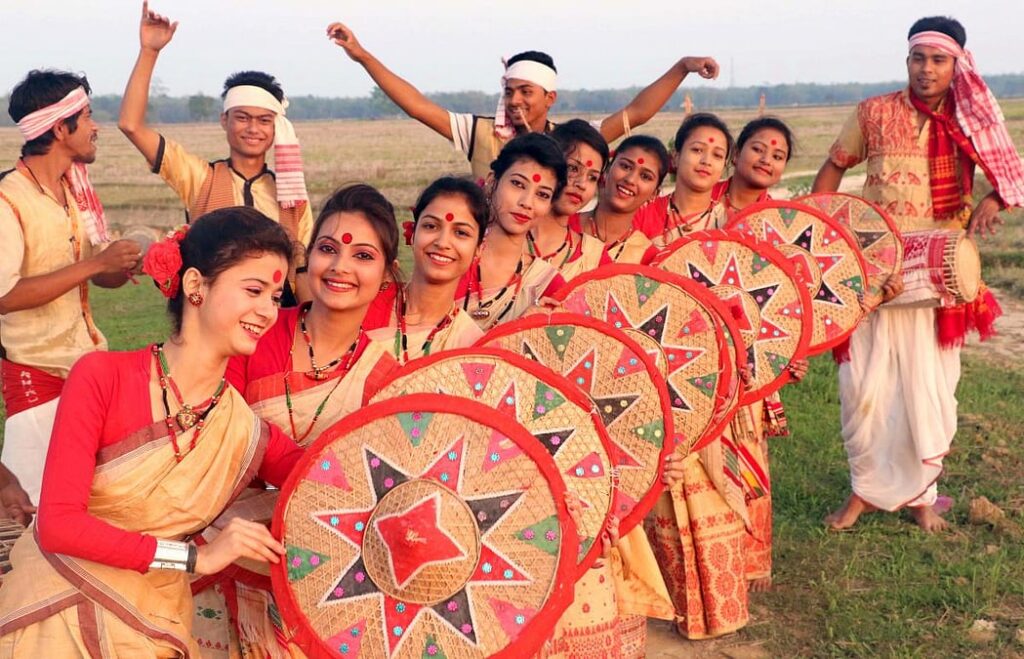
🔸 Assam’s Heritage Architecture: A Blend of History and Nature
Assam’s architectural heritage is an amalgamation of Ahom, Mughal, and indigenous tribal styles. Noteworthy examples include:
- Rang Ghar (Asia’s oldest surviving amphitheater)
- Talatal Ghar and Kareng Ghar, showcasing the Ahom dynasty’s engineering marvels
- The Hayagriva Madhava Temple in Hajo, believed by some Buddhists to be the site where Buddha attained Nirvana
- Bamboo and wood houses in tribal areas designed sustainably to suit the climate
These monuments reflect Assam’s dynamic history and stand resilient against the test of time.
🔸 Eco-Spiritualism: A Unique Cultural Identity
Assam culture is not just culturally rich but spiritually connected with its natural world.
Sacred forests, like those of the Rabha and Bodo tribes, are protected patches of biodiversity that represent the living bond between people and nature.
Rivers like the Brahmaputra are worshipped as life-givers, celebrated in festivals like the Bihu and Jonbeel Mela, where barter systems replace modern commerce—keeping traditions alive in modern times.
🔸 Assam Tourism: Safeguarding Heritage, Promoting Economy
The Assam government, in collaboration with UNESCO and national heritage bodies, has been working to preserve these living traditions.
In 2025, Assam’s tourism sector is actively promoting “Responsible Heritage Tourism” where travelers are encouraged to participate in community life, learn local crafts, and respect environmental conservation.
Places like Majuli, Sualkuchi, Haflong, Tezpur, and the Kaziranga landscape are being developed as eco-heritage tourism hotspots.
Homestays, local culinary tours, and community-based experiences now allow visitors to experience Assam not as tourists but as cultural participants.
🟣 Taste of Assam: Simple, Soulful, Seasonal
Assamese cuisine celebrates local produce, river fish, and fermented flavors.
- Khar: A signature alkaline-based dish often made from raw papaya or pulses.
- Masor Tenga: Light, sour fish curry often made with tomatoes or lemon.
- Duck curry (with ash gourd), pitha (rice cakes), and til laru (sesame sweets) are festive favorites.
- Tribal dishes often include bamboo shoot, fermented fish, and wild herbs.
- Assam tea and jaggery add warmth to every meal.
🔵 Political Landscape: Identity Meets Aspiration
Assam’s political journey reflects a struggle for identity, autonomy, and inclusive development.
- The Assam Movement (1979–1985) aimed to stop illegal immigration and preserve Assamese identity.
- The Assam Accord (1985) led to political shifts, giving rise to regional parties like Asom Gana Parishad (AGP).
- NRC and CAA have recently sparked fresh debates on citizenship and belonging.
- Today, national parties like BJP and Congress, alongside regional forces like BPF, shape the political discourse.
Assam culture continues to balance ethnic diversity with the dream of progress and unity.
Visit Kaziranga National Park – The Kingdom of the One-Horned Rhino
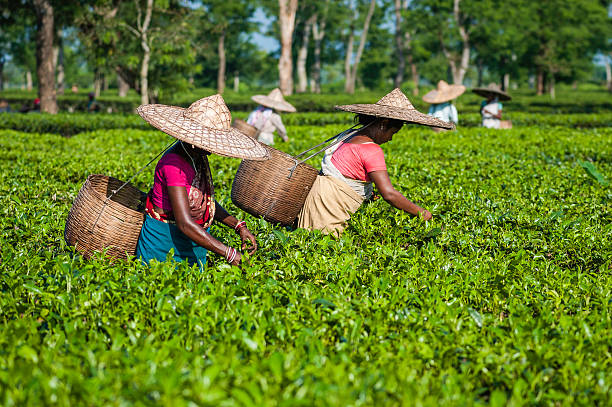
🟠 Must-Visit Tourist Destinations
Assam culture offers something for every kind of explorer — from spiritual seekers to wildlife enthusiasts.
- 🦏 Kaziranga National Park – A UNESCO site known for the endangered one-horned rhino.
- 🌊 Majuli – The world’s largest river island, rich in monasteries, art, and nature.
- 🏛️ Sivasagar – Historic seat of the Ahoms, filled with ancient temples and monuments.
- 🕉️ Kamakhya Temple – A major Shakti Peeth in Guwahati, attracting pilgrims and tourists alike.
- 🏞️ Manas National Park – A biosphere reserve and tiger sanctuary on the Bhutan border.
- 🌄 Haflong – Assam’s only hill station, known for picturesque views and tribal culture.
- 🍃 Tea Gardens – Dibrugarh and Jorhat offer immersive tea tourism.
🟤 Geographical History: Nature’s Masterpiece
Assam culture lies in the Brahmaputra Valley, one of the most fertile and flood-prone regions of India.
- The state is framed by the Eastern Himalayas, Patkai Hills, and Barak Valley.
- Historically ruled by the Ahoms (1228–1826) who built a powerful, long-lasting kingdom.
- The mighty Brahmaputra River has shaped its economy, culture, and climate.
- Assam’s location has made it a gateway to Northeast India and a vital geopolitical zone.
✅ Conclusion: Assam culture Is a Journey, Not Just a Destination
Assam is not just about tea and rhinos — it is about people, poetry, peace, and pride. It’s where tribal wisdom meets spiritual depth, and where ancient festivals light up modern lives.
📣 What do you love most about Assam — its festivals, food, or nature? Comment below and share your story!
📬 Subscribe to “Northeast Uncovered” for authentic stories and travel secrets from the 8 Northeast states.
Plan Your Trip to Northeast India with Us!
Want to explore the untouched beauty of the Northeast?
From the misty mountains of Mizoram to the living root bridges of Meghalaya, and the cultural heart of Assam — we’ve got you covered!
✅ Personalized Travel Itinerary
✅ Local Guides & 24/7 Support
✅ Best Hotel & Homestay Options
✅ Group Tours & Solo Packages
✅ Affordable, Safe & Hassle-Free
📩 Contact us today and let’s start planning your dream trip!
📞 Call/WhatsApp: 8453980642
🧳 Book your Northeast adventure now – Discover places you’ve only dreamed of!
